NORFOLK, Va. — From responding to crises to projecting strength and maintaining freedom on the seas, the U.S. Navy plays an important role in protecting our country.
It’s a role seldom seen by civilians, but 10 Tampa Bay got clearance to get a firsthand look at daily operations at Naval Sation Norfolk.
“There's a lot of people across America who don't understand the job, the mission of the United States Navy, the importance of why we serving on the seas do what we do,” Captain Dave Hecht, senior public affairs officer, said.
10 Tampa Bay’s Aaron Parseghian was invited alongside a handful of other reporters by the U.S. Fleet Forces Command to get a unique look at life in the Navy and to train alongside sailors who hail from the Tampa Bay area.
“Focusing on the hometown heroes but the added twist is that we take [reporters], and we also put them in uniform so that they get a really good understanding of what that sailor is and does and how they're serving our country,” Hecht added.
So here’s how it went:
Command briefing and uniform distribution
After getting briefed by leaders at the base, we headed over to the Navy Exchange (NEX) — think Target strictly for military members.

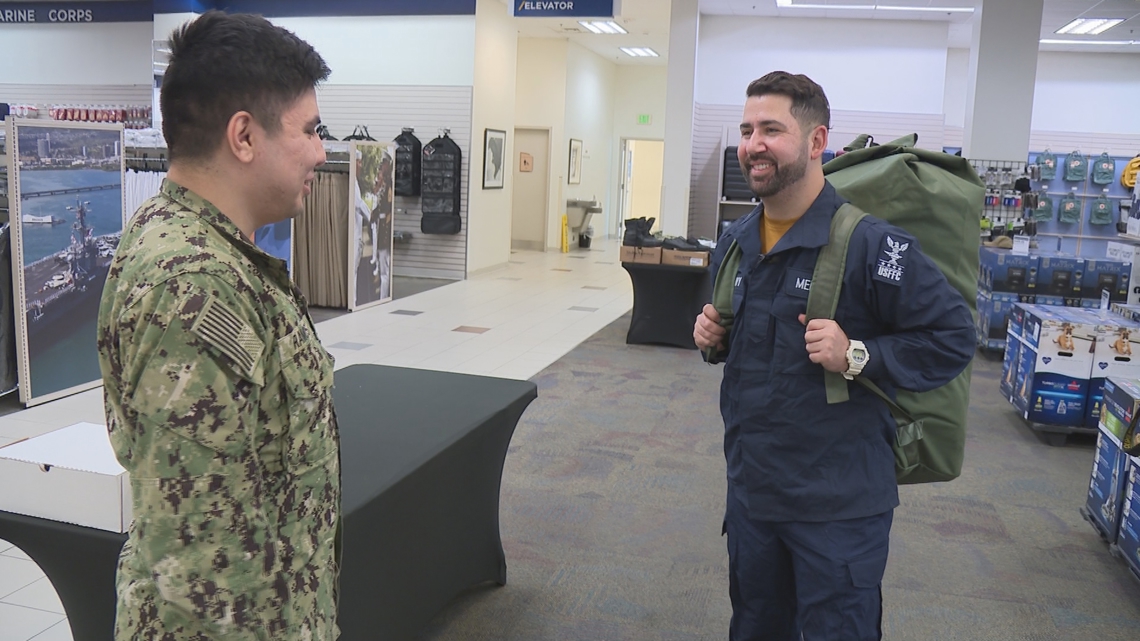
We got suited up in our 2POC navy blue uniforms and filled a seabag with 60 pounds of gear, including the standard items sailors would take if they embarked on a boat. Dress uniforms, boots, personal clothes and more.
Aviation survival training
Training for the worst-case scenario is a requirement for all sailors in the Navy, so we had to do the same. We headed to the pool on base to get a lesson on how sailors are taught to swim, tread water and manually inflate an LP (life preserver).
“The reason why it's so important is because you know you're not always going to be flying over solid ground,” said Petty Officer Sean Farrell, who teaches water survival training.
We got dressed in helmets, full flight suits and boots and hit the pool. We swam the length of the pool, treaded water for a couple of minutes and then inflated our life jackets.
We were then strapped into a chair, similar to a seat you’d find in a helicopter or plane and flipped into the water, needing to establish points of contact and being able to escape through a mock window. Similar drills tested our underwater problem-solving skills, all crucial tests before anyone in the Navy can take flight.

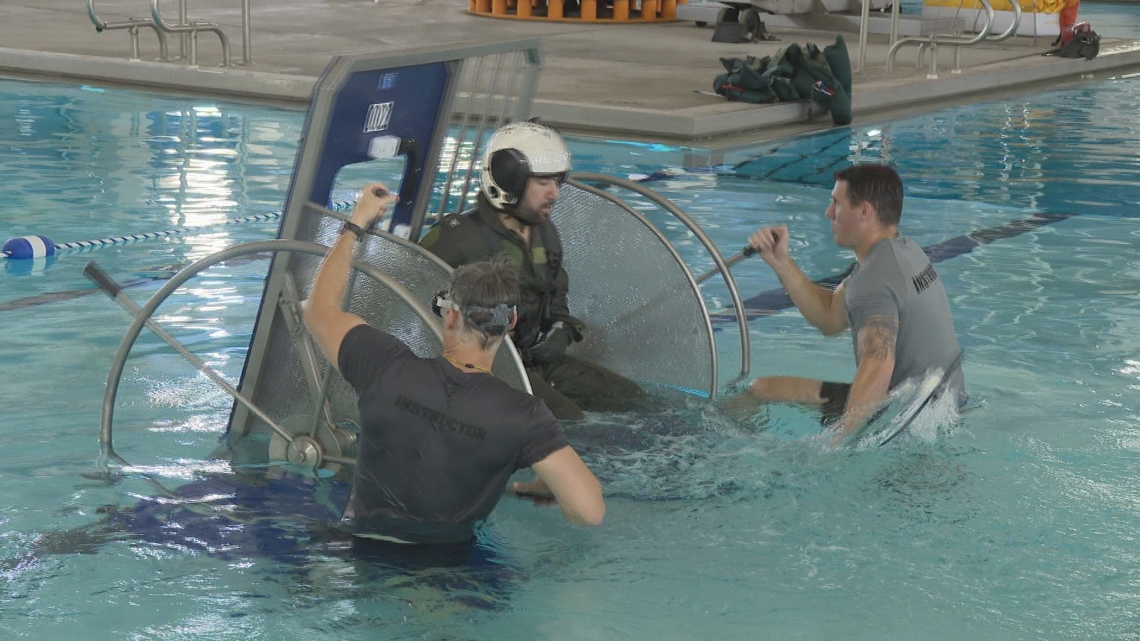
“You need to know how to get out of your aircraft safely and how to extend this viability in water until that rescue comes,” Farrell explained.
Helicopter Sea Combat Squadron 2
Now it was time to fly. We got our safety briefing from the aircrew and headed down to the hanger where we again got fitted with LPs, helmets and earmuffs.
We walked onto the flight deck and strapped into an H-60s “Night Hawk” helicopter for a flight over the bay.
“There's a whole lot of work that I think people don't see that really goes into making these things fly and helping serve the country,” Commander Andy Conner, department head and pilot with HC-2, said.
Conner is a sixth-generation Floridian. His parents live in South Tampa. What’s unmistakable about Conner though is his unique call name: Noodles.
“You hear the cool ones that are in the movies, that doesn't normally happen that way. So usually it's something funny that happens,” Conner explained.

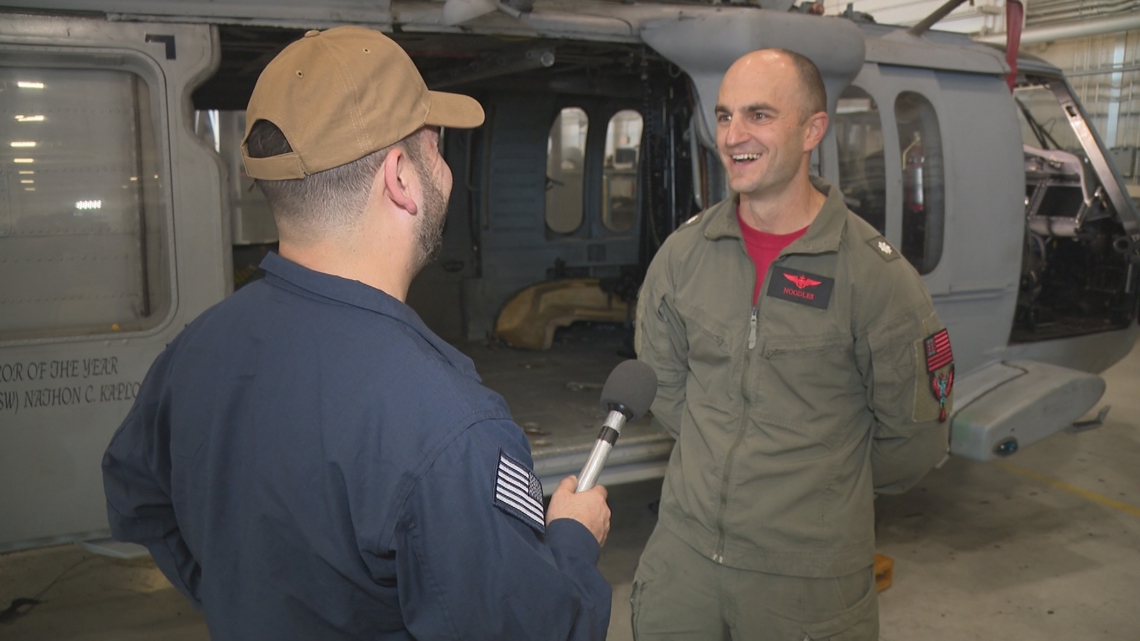
For him, it was a plate of spaghetti that fell out of his helo on the flight deck, which Conner says he “got in a little bit of trouble for.”
Aside from the call names, what aviators like Conner do is a seriously important part of the Navy’s overall mission. Their operations are eclectic.
“Anything from search and rescues to fleet logistics, carrying people and cargo everywhere out there,” Conner explained. “I've done anti-mine countermeasures, I've done defense of the surface force out there, strapping on missiles and guns defending the ships as they go through.”
Surface ships and landing crafts
On the sea in the Navy fleet, every ship and every crew aboard has a purpose. Landing crafts like the one we spent the morning on are more maneuverable and can go right up to a beach, dropping a ramp and anyone or anything that needs to get on shore.
Think of the modern versions of the ships the greatest generation used 80 years ago when they stormed the beaches of Normandy.
“We go point A to point B with the cars and Marines,” Petty Officer Ariel Bonilla said.

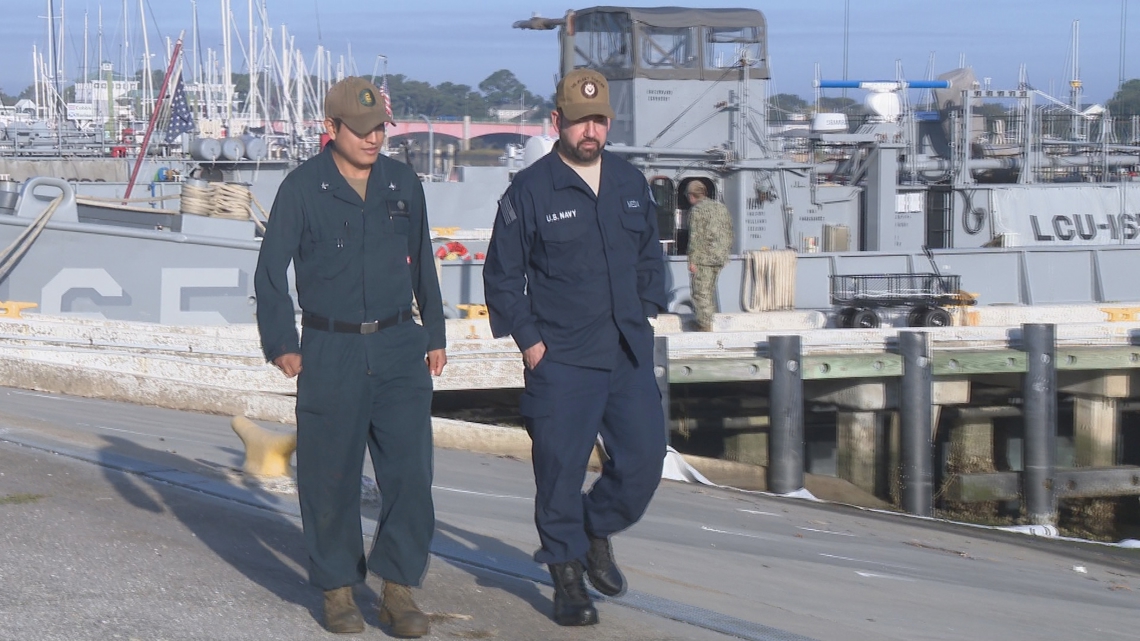
Bonilla immigrated to Florida from Ecuador a few years ago, enlisting in the Navy as an engineer on landing crafts shortly after.
He says the Navy has given him an opportunity for a better future, education and a place to perfect his English.
“I love what I do. I enjoy it. I like to learn, I think it's for a better future,” Bonilla said.
Maritime Expeditionary Security Force
The Navy is preparing for and already training in the future, evident in high-tech simulators used by the Maritime Expeditionary Security force, heavily armed sailors who work as police and security assisting Navy vessels and ports across the world.
Full-size and weight replica weapons are strapped on a moving platform and pointed at screens, giving sailors an opportunity to train for potential firefights with adversarial crafts in their sights.


They take that training into the field, during frequent drills on the water, preparing for how to handle unknown boats or vessels entering protected territory.
Submarine Learning Facility
Submarines are among the most vital, sophisticated and confidential assets in the fleet. Their locations and depths hidden from the public, as submariners can spend up to 9 months on deployment deep in the sea on the nuclear vessels.
But we got a feel of what it's like to pilot one on a high-tech simulator that makes you feel as though you are plunging or surfacing hundreds of feet of water.
We also got a look at how sailors are trained to fight fires, “every sailor is a firefighter,” a term we heard frequently. Firefighting is especially important knowledge aboard submarines, with tight quarters and only minutes to control blazes to mitigate damage.
Electrian's Mate First Class Michael Sherman grew up in Weeki Wachee, where he worked as a lifeguard in high school and even has the mermaid tattoo to prove it.
Now, Sherman helps teach other nuclear electricians how to service the vital assets of the Navy fleet.

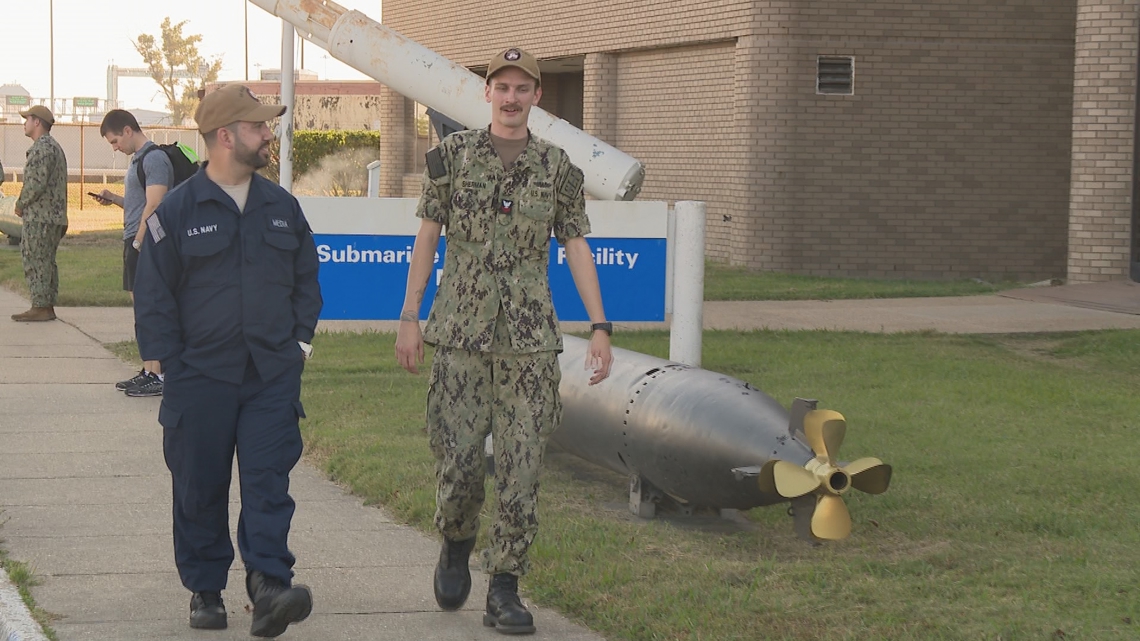
“There’s a reason they call it the silent service, “ Sherman said. “But it makes me feel like I'm a part of something bigger, even though it's not seen by very many.”
10 Tampa Bay’s Aaron Parseghian also spent a night aboard the USS Gerald R. Ford, the most sophisticated and largest aircraft carrier in the world. Part 2 airs at 11 p.m. Wednesday, Nov. 13.

